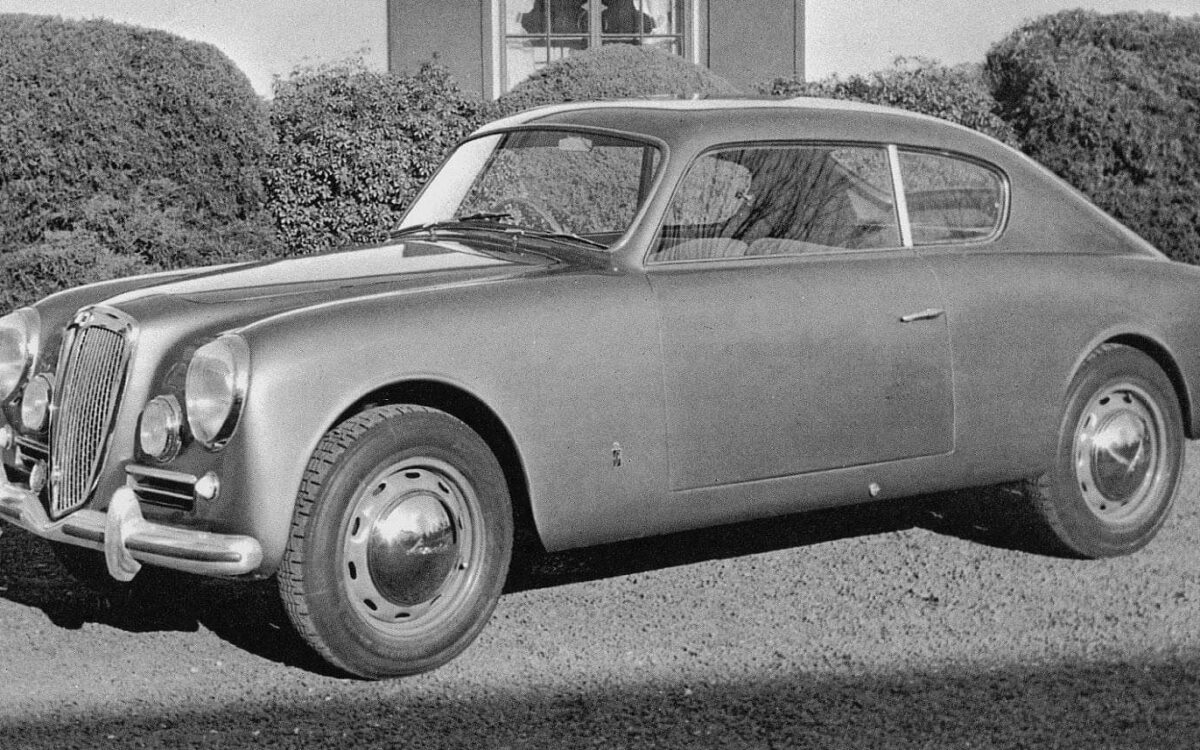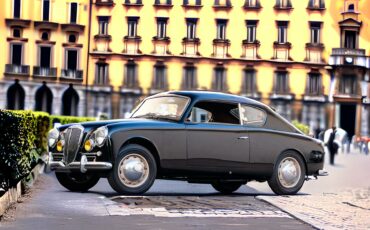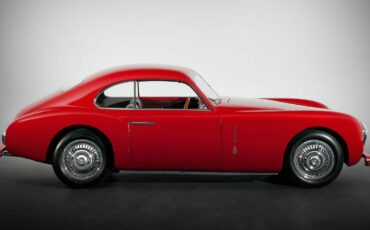The Lancia B20 Design Story
At the Turin Motor Show in 1951, Lancia displayed to the public for the first time the B20, a stunning high-performance coupe with attractive “clean” lines.
















The Lancia Aurelia B20 GT by Pininfarina.
The Lancia Aurelia B20 GT was introduced at the 1951 Turin Motor Show, it is undoubtedly one of the most appreciated and known Italian Grand Touring cars in the world. The V6 engine derived from the one first presented in 1950 and fitted to the B10 saloon. The beautiful body, which surely influenced the design of many other period sports cars, was built by PininFarina (a small number was built by Viotti) and showed the Lancia concept of elegance, discretion and above all high quality. The B20, the sports car to drive wearing a double-breasted jacket, had a long and successful racing career both the factory prepared “racing” and “special” versions, and with series cars which the owners drove in race as in daily life. The Lancia Aurelia B20 GT race debut at the 1951 Mille Miglia is legendary: first in the up to 2-liter class, and second overall behind the 4-liter Ferrari driven by Gigi Villoresi.

At the Turin Motor Show in 1951, Lancia displayed to the public for the first time the B20, a stunning high-performance coupe with attractive “clean” lines.

In the vibrant tapestry of automotive history, certain moments stand out as missed opportunities – instances where a concept car, though brimming with potential, fails to materialize into a production marvel. The Lancia Kayak, a sleek and sporty concept designed by Luciano D’Ambrosio and crafted by the renowned Italian coachbuilder Bertone, stands as one such lamentable example. Unveiled in 1995 at the Geneva Motor Show, the Kayak was poised to be a modern heir and reinterpretation of classic postwar Lancia coupés like the iconic Aurelia B20. In this article, we explore the distinctive features of the Lancia Kayak and delve into the reasons behind its unfortunate fate, contrasting it with the lackluster Lancia Kappa coupé that eventually made its way into production.

Giovanni Savonuzzi was an industrious researcher, exploring various solutions and concepts. As an engineer, he possessed the ability to harmoniously blend design and style, technological advancements, and creative ingenuity.

The Cisitalia 202 is particularly important to automotive history both because it was the first car in the world to be permanently exhibited in a modern art museum, the MoMA in New York, and because it can be considered the first example of the postwar Italian-style granturismo.
Missing or wrong informations?
Carrozzieri-Italiani.com relies on thousend of users who help to populate the database. We do not guarantee the accuracy of the informations. Contact us if you want to contribute.
